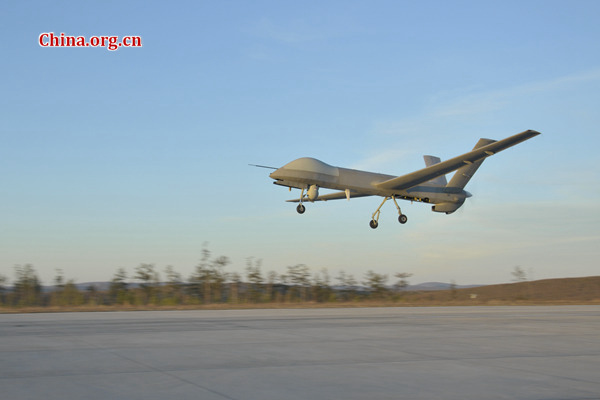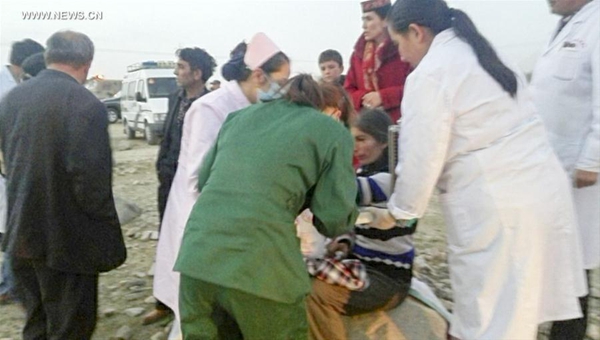Chinese nurse’s first aid to Japanese student goes viral
 |
|
Chinese nurse Ren Shuangshuang. [Photo/Zhengzhou Evening News] |
A post about a Chinese nurse who helped a Japanese student has gone viral on Weibo, a Twitter-like social media platform.
During a vacation in Japan, the 28-year-old nurse rushed to aid a Japanese middle-school student who was having an epileptic seizure on April 18, according to media reports.
Ren Shuangshuang works at Henan Cancer Hospital as a surgical nurse. She encountered the Japanese girl when visiting the famous tourist attraction Senso-ji.
“It was very crowded and a girl fainted,” Ren recalled. She immediately approached the girl after the translator for her tour group cried out for help. The girl was twitching and foam was coming out of her mouth. Ren immediately guessed that the girl was having an epileptic seizure.
Ren lay the girl down, unbuttoned her coat and cleaned the foam from around her mouth. She stuffed a wet tissue into the girl’s mouth to prevent her from accidentally biting her tongue. The girl eventually regained awareness and tried to sit up to thank Ren, but the nurse told her to lie back down and rest. An ambulance later arrived to transport the girl to a hospital.
Ren’s actions were recorded by other tourists and uploaded to social media. Her good deed has been widely lauded.
So far, the post has got more than 12,000 comments and nearly 200,000 thumbs-up. “Good girl! That’s what a doctor with good virtues would do. Love has no nationalities,” said one of the comments, which received more than 16,000 thumbs-up.

